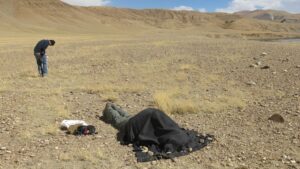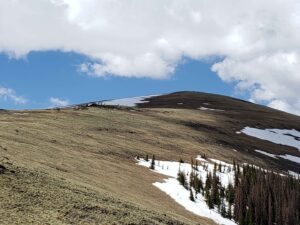Abstract/Description
Mountainous rural regions embody a priceless legacy shaped by the synergy of natural beauty, cultural heritage, agricultural traditions, and co-design development strategies. These landscapes, enriched by vineyards, time-honoured cultivation practices, agricultural excellences, and intangible heritage, define local identity and triggers for sustainable socio-economic progress, seamlessly blending preservation with innovation. The present contribution is part of a broader research on the topic of ‘antifragility’, held at DAStU Politecnico di Milano, and of the strategic development project – called “The Wine Garden” – promoted by the Piana Rotaliana Königsberg Tourist Board (Trentino, Italy). The analysis focuses on the delicate balance between productive development, human exploitation and landscape conservation, proposing a systemic approach in which the local community plays a central role. Through a historical, social and territorial investigation, the research explores innovative strategies that integrate sustainability, beauty and inclusiveness, promoting viticulture in harmony with the environment and enhancing the cultural and natural heritage. A key role is played by “The Wine Garden” project, inspired by the principles of the New European Bauhaus, which aspires to transform the Rotaliana Königsberg into a resilient and participatory productive landscape model. This initiative aims to promote a circular economy and cohesive governance, effectively addressing local and global challenges. In the context of territorial transition, strengthening entrepreneurship in mountain areas is crucial to ensure landscape protection through community involvement. In particular, slow tourism, especially in its gastronomic aspect, represents a strategic resource to regenerate these territories by enhancing their cultural, environmental, productive and economic potential. The adoption of a systemic socio-ecological approach that integrates public policies, economic operators, and new ways of transmitting cultural heritage and scientific knowledge is essential to promote participatory and sustainable territorial development.


